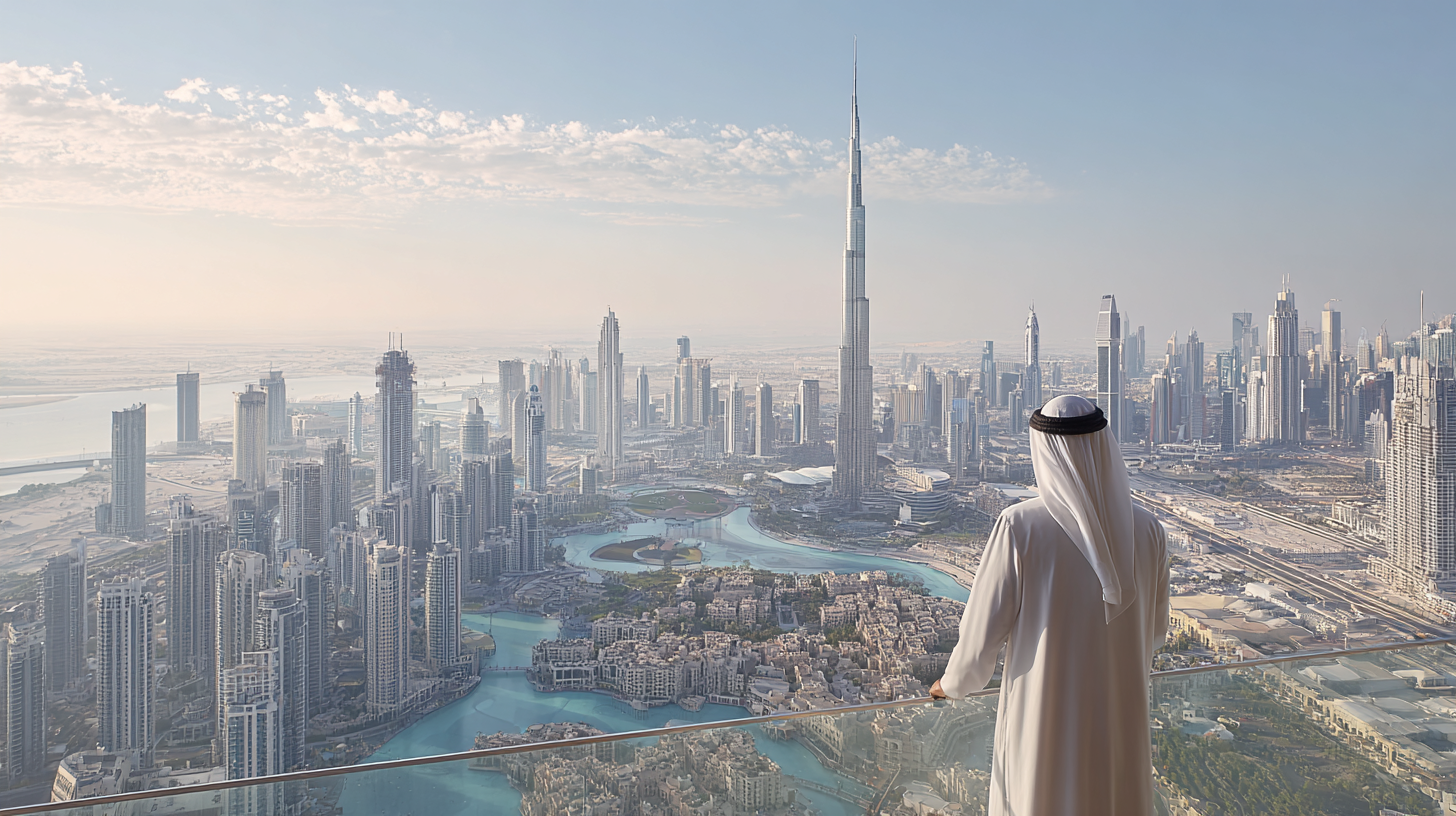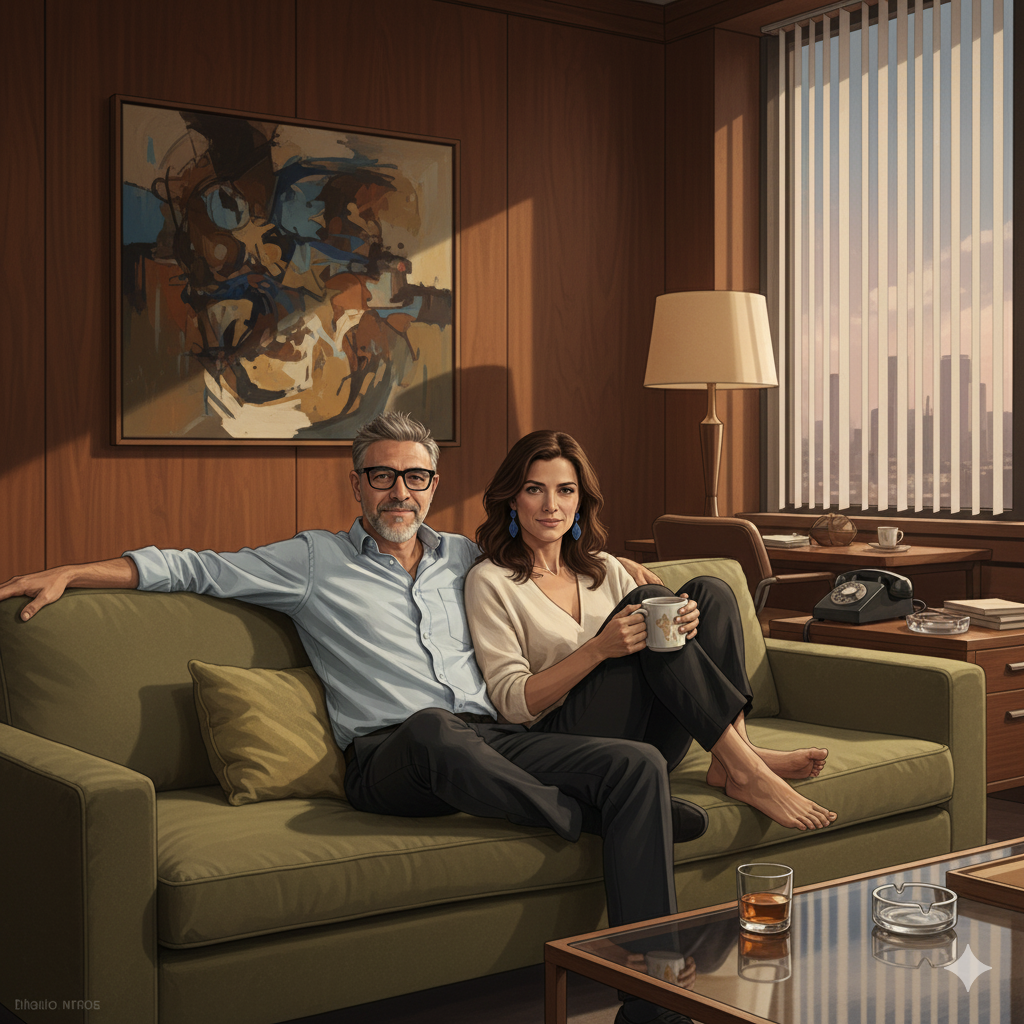If you try to sell someone a house that doesn’t exist yet, you’re asking for a strange kind of trust. Not the kind you need to sell an existing home—that just requires the buyer to like what they see. This is a different game. You’re asking someone to picture something that isn’t real, then bet their savings on it. That kind of trust is rare. And fragile.
Which is why I’ve always found it odd how few developers use virtual tours for unbuilt properties. You’d think, of all the things a pre-sale needs, showing the buyer what they’re buying would be top of the list. But less than 1% do it. Most rely on floor plans, vague renderings, and some persuasive language.
There are reasons. Virtual tours are expensive. They take weeks or months to produce. Revisions are a nightmare. And most of what gets made isn’t even that good—it’s often closer to architectural fantasy than anything the buyer will actually live in. That’s what we saw when we started.
For ten years, we did only one thing: build virtual tours. Nothing else. No video walkthroughs, no brochures, no side gigs. Just tours. It was a stubborn decision, but a revealing one. Because when you commit to doing one thing extremely well, two things happen. First, you get better than almost anyone else. Second, you start to notice what’s broken.
Here’s what we noticed: developers wanted to show their properties. They just couldn’t justify the cost. Or the time. Or the hassle. So they picked a handful of units—the best views, the top-floor penthouse—and hoped buyers would extrapolate. One tour per development. Then three. Then ten. We got requests for twenty. But even at twenty, in a building with 600 units, you’re still asking most buyers to imagine what their future home will be like. And that’s the problem.
Early this year, one of our clients in Hawaii put it bluntly. After we delivered twenty tours for his project, he said, “I want a tour for every unit. The real unit. Right view, right layout, right finish. Not an approximation.”
It wasn’t the first time we heard that. Almost every client has said something similar. But it’s easy to nod and move on when the math doesn’t work. At $5,000 to $15,000 per tour, 600 units means millions of dollars just to let people see what they’re buying.
That week I couldn’t sleep. Because it wasn’t a bad idea. It was a great one. We just didn’t know how to make it possible.
In May 2025, we started building what became Suitesflow. The first virtual tour platform designed for scale. CGI tours, custom to each unit, produced with the kind of precision and elegance we used to deliver manually. Only now, faster. And much, much cheaper.
We built it on three principles: automation, optimization, and AI enhancement.
Automation to eliminate the repetitive, low-skill steps that used to eat up our artists’ time. Optimization to speed up the revision cycles—usually the slowest, most painful part of tour production. And AI to handle the tedious micro-decisions that don’t need human intuition.
The point isn’t to make tours faster by lowering quality. It’s to keep the quality and compress the time. To make it easier for a developer to say yes to showing every unit, not just the photogenic ones.
What does that look like in practice? Well, in the ten years before Suitesflow, we built about 500 high-end tours. In the first two months after launch, we built over 1,000. That’s not a typo. That’s a 12,000% improvement in output.
If you imagine a scale from 1 to 100—where 100 means perfect quality, speed, and affordability—I’d say Suitesflow is already at 40. And we’ve only been live three months.
We’re aiming for 100 in the next 36 months. Maybe less. Because something happens when you remove friction from an industry. People stop settling. They stop squinting at floor plans and guessing. They start expecting to see what they’re being asked to buy.
And once that expectation flips, there’s no going back.
This isn’t about tours. It’s about trust. And if you want someone to believe in something that doesn’t exist yet, the least you can do is show them what it looks like.



